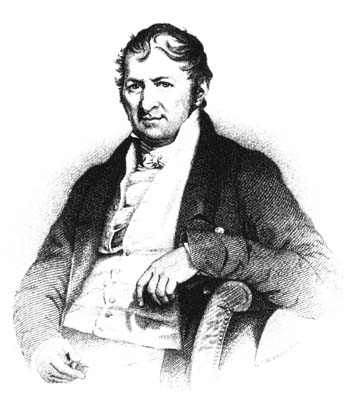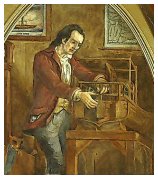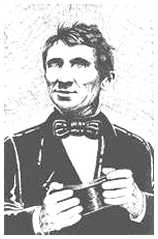Robert Owen



Eli Whitney was the inventor of the cotton gin and a pioneer in the mass production of cotton. Whitney was born in Westboro, Mass., on Dec. 8, 1765, and died on Jan. 8, 1825. He graduated from Yale College in 1792. By April 1793, Whitney had designed and constructed the cotton gin, a machine that automated the separation of cottonseed from the short-staple cotton fiber.
(biography taken from here)
Believing that textile industry in England had reached its peak, Slater emigrated secretly to America in 1789 in hopes of making his fortune in America's infant textile industry. While others with textile manufacturing experience had emigrated before him, Slater was the first who knew how to build as well as operate textile machines. Slater, with funding from Providence investors and assistance from skilled local artisans, built the first successful water powered textile mill in Pawtucket in 1793.
(biography taken from here)


(Taken from here)
John Fitch was the man who invented the steamboat. His first boat he succeeded in constructing was a 45-foot steamboat. The ship completed a trial run on the Delaware River in Philadelphia on August 22, 1787. In the next few years he constructed several larger vessels, and tried to run them as passenger ferries. They were never commercially successful, and he eventually lost all his financial backing. He took his ideas to France to see if he could make a go of his steamboat plans overseas, but he fared no better abroad. He returned to America, penniless and discouraged. John Fitch died in Bardstown, Kentucky in 1798.
(Taken from here)
Charles worked on India rubber which could not be used because of its adhesiveness. After numerous experiments, in 1836 Charles Goodyear developed a nitric acid treatment which partially remedied these defects. The famous vulcanizing process, patented in 1844, was to revolutionized the rubber industry, but Charles Goodyear was unable to profit financially from his discovery. His numerous patents were constantly infringed, and although he was able to establish his rights legally, he died a poor man.
taken from here

